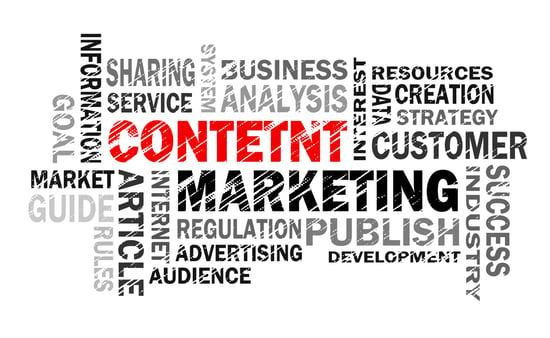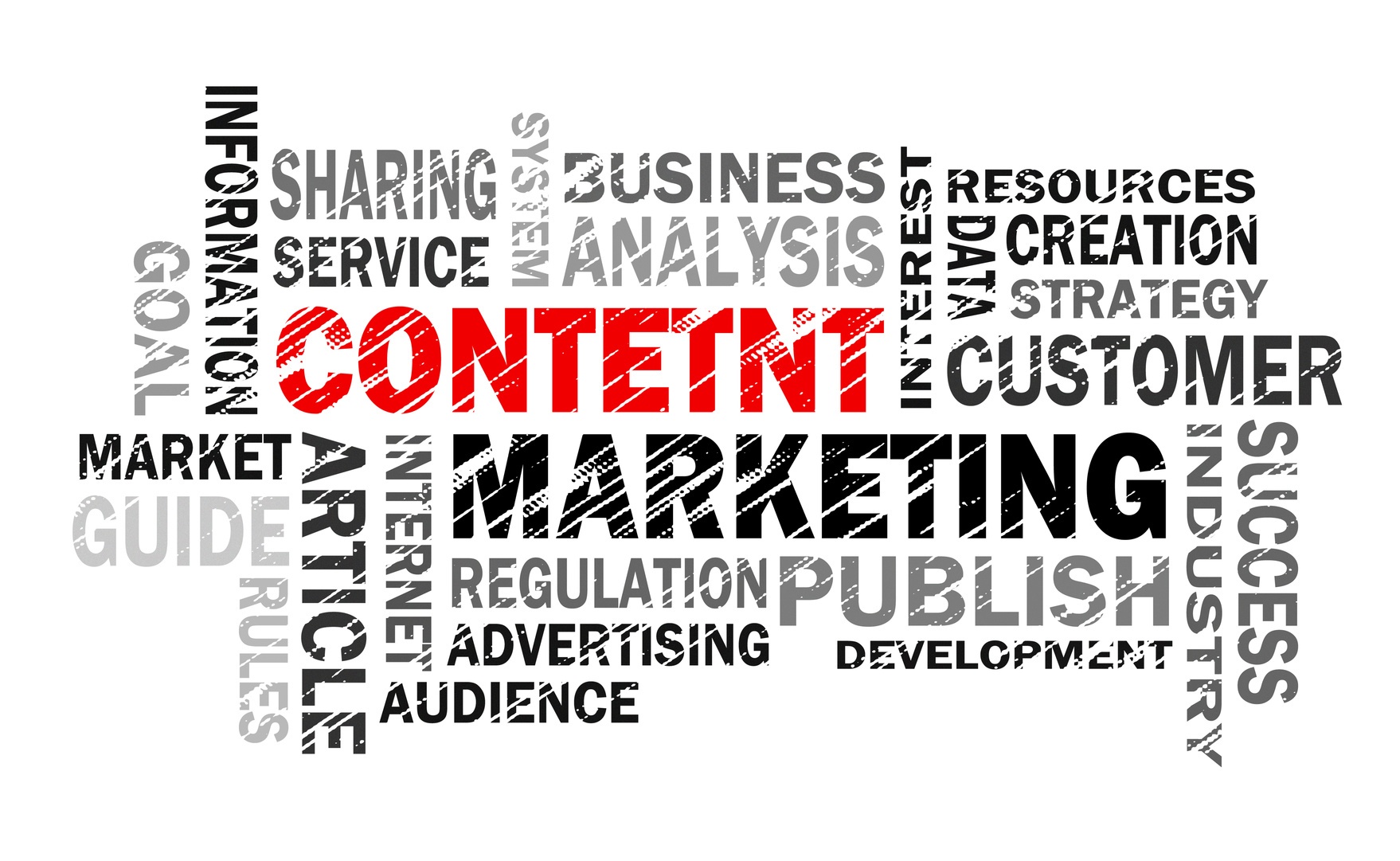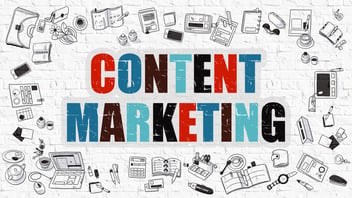Content Creation Starts With Who, Where & Why

As content is created, it helps to have everyone working in a coordinated way.
If you are the marketing director for a small company, you may be the only one creating content, and it will be simpler to keep track of what is being written, for whom and why.
But if you are leading a larger team (or if you have just started a new marketing job and want to be sure you understand what your director is asking you to do), using a formal concept worksheet can help define more specifically what the end result should look like.
Before you can start content creation, you need to understand who the content is meant to reach, when, and why. That is where customer personas come in. (Click to Tweet)
Customer personas are fictional, generalized representations of your ideal customers. Creating personas will help you to better understand your customers and prospects, and make it easier to tailor content to the specific needs, behaviors, and concerns of different groups.
Today, I want to talk about planning your content creation using those personas, but if you need a refresher on creating them, check out this resource from HubSpot: How to Create Buyer Personas for Your Business
(JONES is a certified HubSpot partner; request a demo to see how we can help you make customer personas an integral part of your overall inbound marketing and content strategy.)
Once you have defined customer personas, you can begin planning the blog posts and offers that will appeal to each persona at various steps along the buyer’s journey (also called the sales funnel).
You have the opportunity to choose from a wonderful variety of types of content and styles of blog posts as you plan your strategy for each persona. (Read this blog post for 25 ideas for offers that reach all stages of the sales funnel, or download our free templates for writing five different kinds of blog posts.)
With all those options, miscommunication can easily occur, especially if you are assigning work to freelancers, junior staffers or outside agencies who aren’t as well-versed in your industry, company and strategy as you are. I try, especially when working with a writer or designer for the first time, to provide guidance on what I am looking for in the end product. The advance work required to brainstorm topics and structure for blog posts or content offers can save time making adjustments on the back-end.
Our Mapping Content to Your Customer Personas worksheet walks through six characteristics that your writers can use to focus their efforts. Here’s how:
1. Persona
The link provided earlier will help you define your customer personas, if you haven’t already done so. Let’s use the persona of “Sample Sally,” as described in HubSpot’s template. Sally’s persona is a head of human resources, having worked at the same company for about 10 years, starting as an HR associate. She is the target audience for this content, so it needs to touch on one of the problems she needs to solve.
2. Audience skill level
Is the content you are creating for someone who is a beginner in this field, intermediate or advanced? Our persona, Sample Sally, is at an intermediate skill level, still learning some of the nuances of her position.
3. Topic/keyword
Identifying a main topic or keyword is important for two reasons. First, just saying “write something for Sample Sally” is too broad and the resulting content may either go in too many directions or simply not fit with the rest of the marketing campaign (remember to consider all content as part of an overall companywide strategy). Second, having an identified keyword at the beginning will give your writer an opportunity to naturally work it into the content they create in order to boost search engine optimization.
We know from the persona that Sample Sally’s challenges include implementing new technology for managing data, so we will use the longtail keyword “integrated HR database management.”
4. Buyer’s journey stage (aka sales funnel stage)
Your various personas will be seeking different information when they are in the decision stage than they wanted in the awareness stage. Knowing what stage of the buyer’s journey or sales funnel you are creating content for will help to guide the type of content you create. Perhaps, like many marketing departments, you have lots of “awareness” content—ebooks, general blog posts, and videos—and your sales department has the product guides and ROI calculators needed in those final decision stages, but you are missing the middle ground. For the consideration phase, provide usable material that also introduces your company’s strengths. Think templates and worksheets, case studies, comparison charts and checklists.
For our illustration about Sample Sally, we’re going to create content for the consideration phase.
5. Content type, format and structure
Our worksheet divides the content into two main types: blog posts and offers. Under each of those are at least 10 different formats or structures to be considered. Let us know in the comments on this post if you have others you think we should add to our worksheet.
As you decide on what format and structure to use for your content, remember that not everyone wants to gather information in the same way. While some want to skim text, or even highlight it as they read, others prefer video or want a podcast they can listen to during their morning commute. A single topic may lend itself to several different formats: an introductory ebook or whitepaper, a template for implementing the solution, and a webinar explaining how to optimize what you are doing.
Our persona description tells us that Sample Sally likes to receive collateral material in print form, so our consideration phase content will be a checklist of features to look for in integrated HR database management software.
6. Content title
I know you have already identified a keyword, and that sometimes a title comes to you more easily once the information has been assembled and assimilated. Again, the reason for designating a title now goes back to providing the writer to whom you are assigning the project with guidance to get it right the first time.
Creating a working title (you can change it later) provides a direction for your writer to take. If the project is to be a blog post offering an opinion on a new development in your industry, the working title could be “Why XYZ Is Going to Reshape How We Do Business” (or maybe you prefer “Why XYZ Is the Wrong Answer To Our Question”).
For Sample Sally’s checklist, we will start with the working title “10 Features Your HR Database Software Should Offer - And 3 That You Don’t Need.”
With this level of outlined in advance, you and your writers are now ready to create content that matches well with your customer personas at each stage of the buyer’s journey, and that also fits into your overall content strategy. Download our worksheet and have some ready for jotting notes at your next brainstorming session - then they will be ready to hand out as project assignments to move your inbound marketing further down the line.
-1.png?width=1652&height=294&name=Jones(RGB)-1.png)












